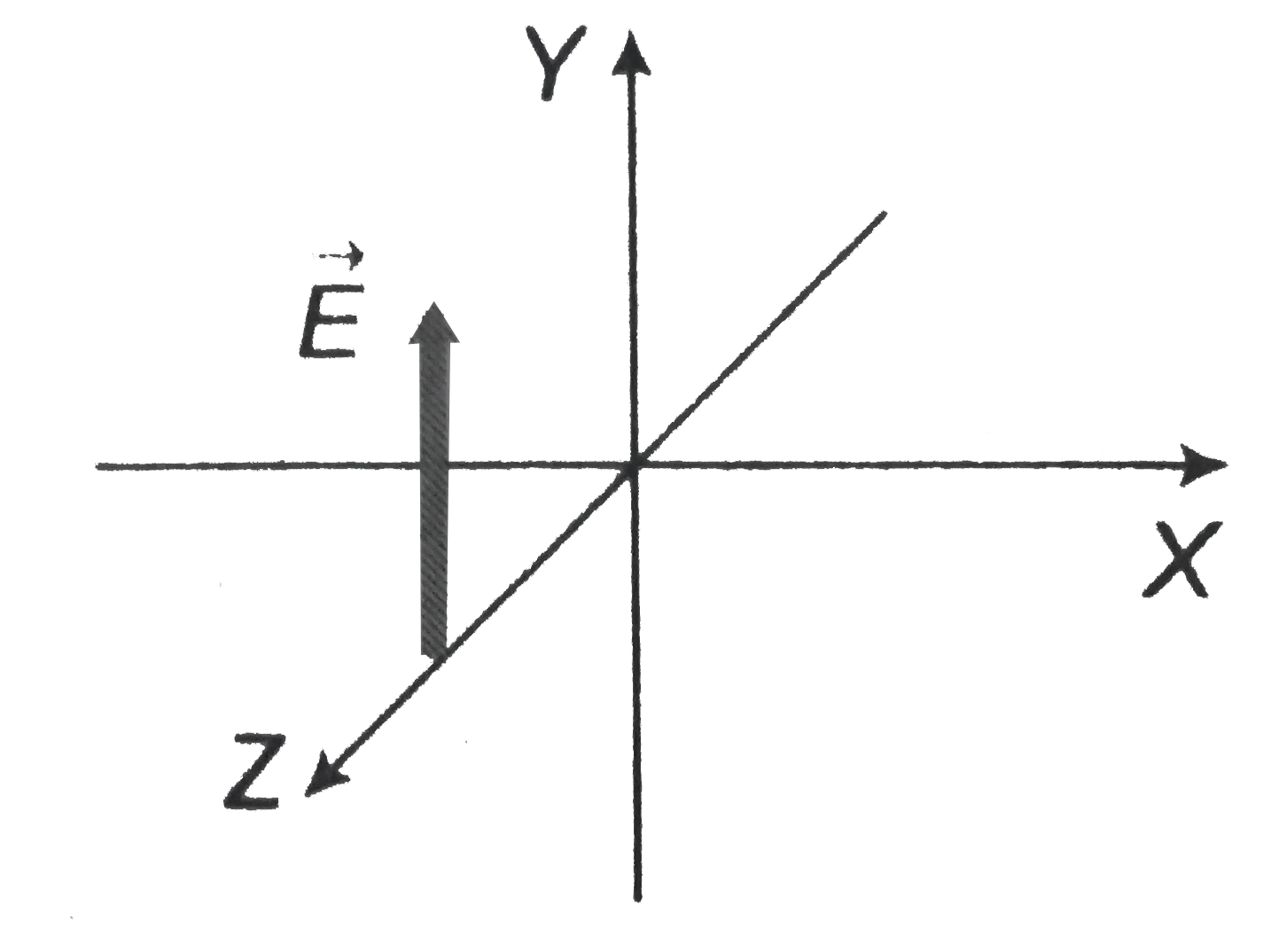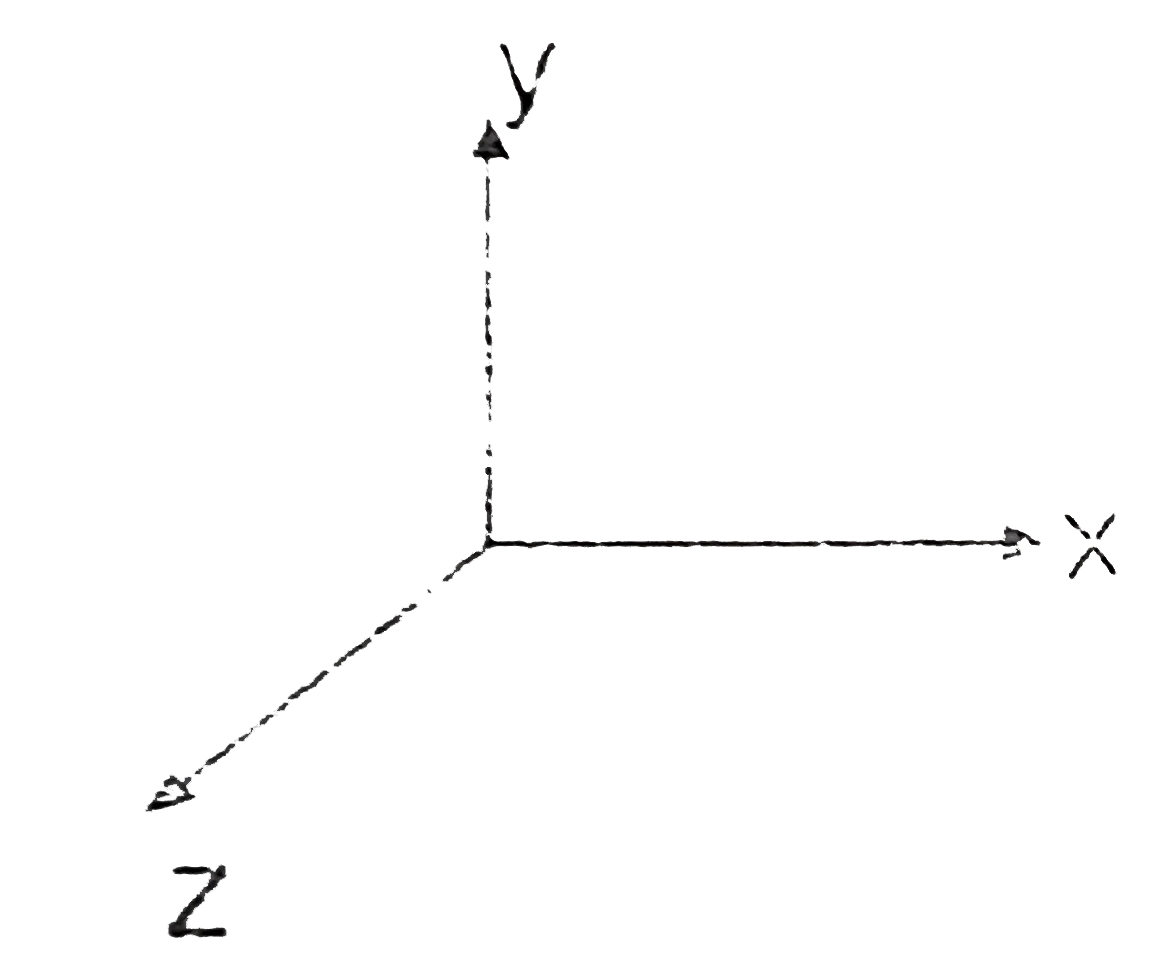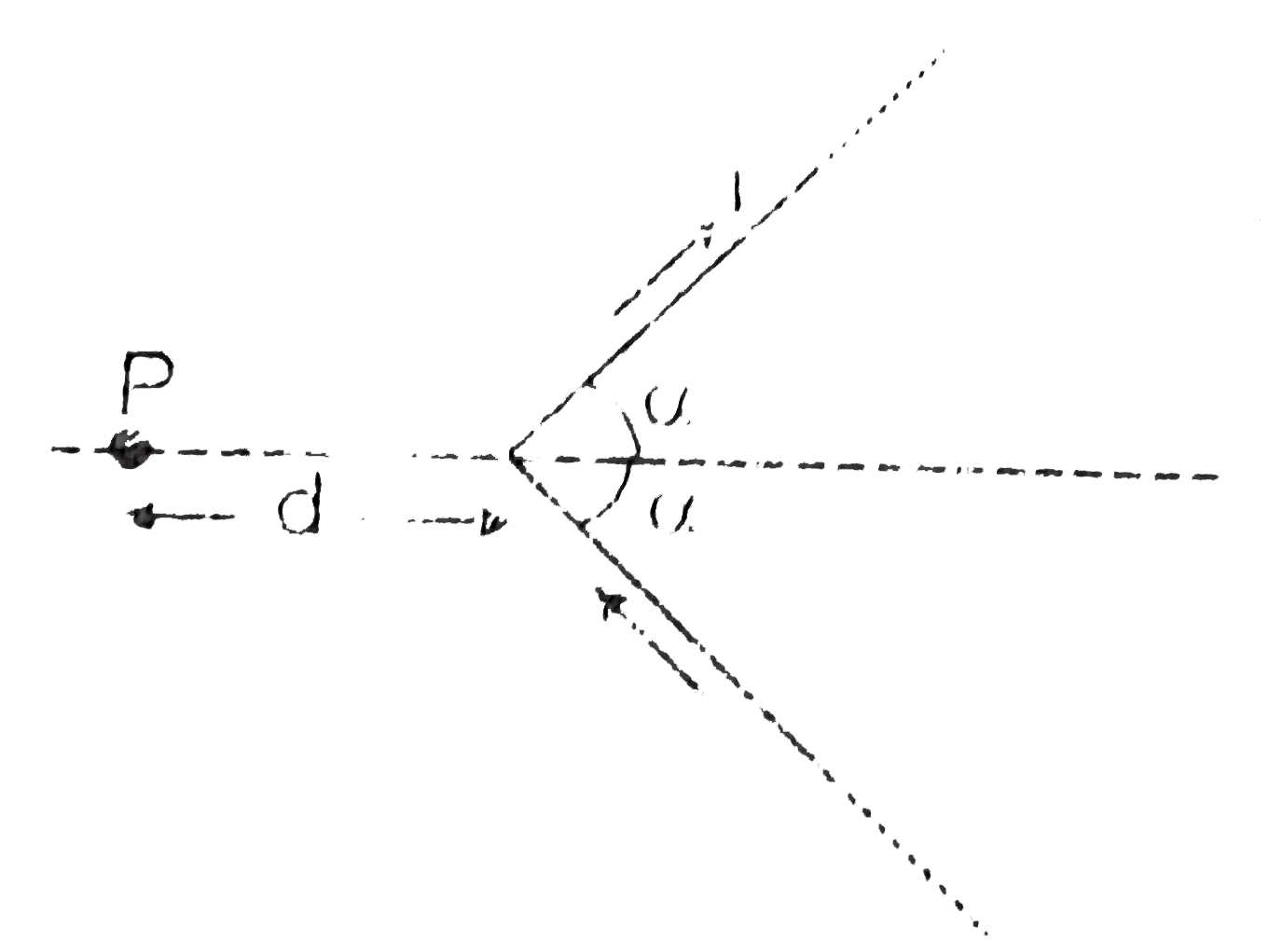The food is translocated in:
(a) downward direction
(b) upward direction
(c) radial direction
(d) all the directions
downward direction
upward direction
radial direction
all the directions
The correct Answer is:D
To solve the question regarding the direction of food translocation in plants, we can follow these steps:
1. Understand the Concept of Translocation: Translocation refers to the movement of food (mainly in the form of carbohydrates like sucrose) within the plant. This process is essential for distributing nutrients from the source (where they are produced) to various parts of the plant.
2. Identify the Tissue Involved: The primary tissue responsible for the translocation of food in plants is called phloem. Phloem is a complex tissue composed of several types of cells, including sieve tube members and companion cells, which facilitate the movement of food.
3. Determine the Direction of Movement:
- Food is produced in the leaves (the source) through photosynthesis.
- From the leaves, the food can be transported to different parts of the plant (the sinks), such as roots, fruits, and growing tissues.
- Importantly, translocation is not limited to one direction; it can occur both upwards and downwards, depending on the needs of the plant.
4. Consider Bidirectional Movement: The movement of food in phloem is bidirectional, meaning it can occur in multiple directions:
- Downward (from leaves to roots)
- Upward (from roots to leaves or other parts)
- Radial (to the sides, reaching various tissues)
5. Conclusion: Since food can be transported in all these directions, the correct answer to the question is option (d) all the directions.
Final Answer:
The food is translocated in: (d) all the directions.
---
- Food is produced in the leaves (the source) through photosynthesis.
- From the leaves, the food can be transported to different parts of the plant (the sinks), such as roots, fruits, and growing tissues.
- Importantly, translocation is not limited to one direction; it can occur both upwards and downwards, depending on the needs of the plant.
- Downward (from leaves to roots)
- Upward (from roots to leaves or other parts)
- Radial (to the sides, reaching various tissues)
The food is translocated in: (d) all the directions.
Topper's Solved these Questions
- BOOK - ICSECHAPTER - TRANSPORT IN PLANTS EXERCISE - TEST YOUR PROGRESS (Fill in the blanks with appropriate words )32videos
TRANSPORT IN PLANTS
- BOOK - ICSECHAPTER - TRANSPORT IN PLANTS EXERCISE - TEST YOUR PROGRESS (State whether the following statements are true or false)16videos
TRANSPORT IN PLANTS
- BOOK - ICSECHAPTER - TRANSPORT IN PLANTS EXERCISE - REVIEW QUESTIONS (Questions based on diagrams or set-up)30videos
TRANSPORT IN PLANTS
- BOOK - ICSECHAPTER - THE LIVING WORLD EXERCISE - Ncert Exercises (Differentiate Between )4videos
THE LIVING WORLD
Similar Questions
Mutations as proposed by Hugo de Vries are
(a) Small and directional
(b) Gradual and continuous
(c) Random and directionless
(d) Large and directionalView SolutionThe figure here gives the electric field of an EM wave at a certain point and a certain. The wave is transporting energy in the negative z direction. What is the direction of the magnetic field of the wave at the point and instant?

A. Towards + X direction
B. Towards - X direction
C. Towards + direction
D. Towards - Z directionView Solution
Knowledge Check
- Question 1 - Select One
Ionic bonds are non-directional while covalent bonds are directional.
AIf both assertion and reason are true and reason is the correct explanation of assertion.BIf both assertion and reason are true but reason in not the correct explanation of assertion.CIf assertion is true but reason is false.DIf both assertion and reason are false.
The direction of the field B at P is

 View Solution
View SolutionA car is moving with a speed of 10ms−1, If the east direction taken as x-axis and the north direction as y-axis . Write the velocity vector of car in unit vector notation.If it is moving (a) in the direction of N-E,(b) in the direction of N−W,(C ) in the direction ofS−W, and (d) in the direction of S−E.
View SolutionA simple pendulum is oscillating in a trolley moving on a horizontal straight road with constant acceleration a. If direction of motion of trolley is taken as positive x direction and vertical upward direction as positive y direction then the mean position of pendulum makes an angle
View SolutionIn Figure, draw a tackle to lift the load by applying the force in downward direction.
(a) Mark in the diagram the direction of load L and effort E.
(b) If the load is raised by 1 m, through what distance will the effot move ?
(c) State the number of strands of tackle supporting the load.
(d) What is the mechanical advantage of the system?
 View Solution
View SolutionTwo vectors in space are equal only if they have equal component in a. a given direction b. two given directions c. three given directions d. in any arbitrary direction
View SolutionA vehicle moves safe on a rough, curved and unbanked road. Then
a) The direction of static friction is radially out wards
b) The direction of static friction is radially inwards
c) The direction of kinetic friction is tangential to curved path
d) Static friction does not existView SolutionAssertion: In a string wave, during reflection from fix boundary, the reflected wave is inverted.
Reason: The force on string by clamp is in downward direction while string is pulling the clamp is upward direction.View Solution

